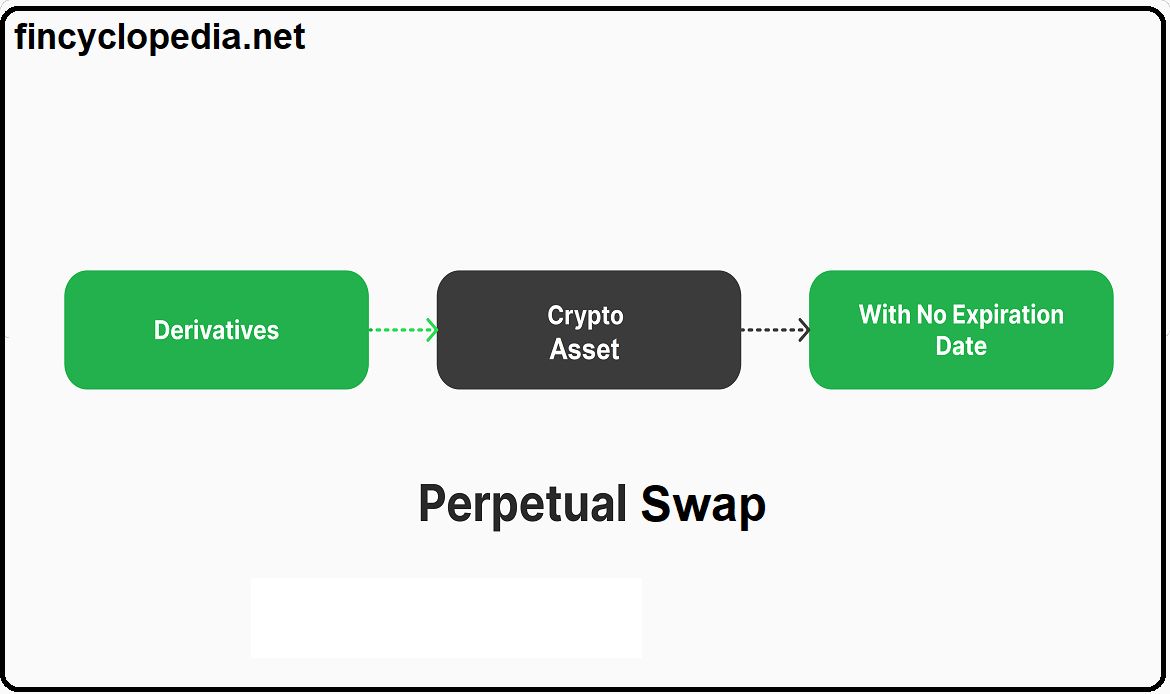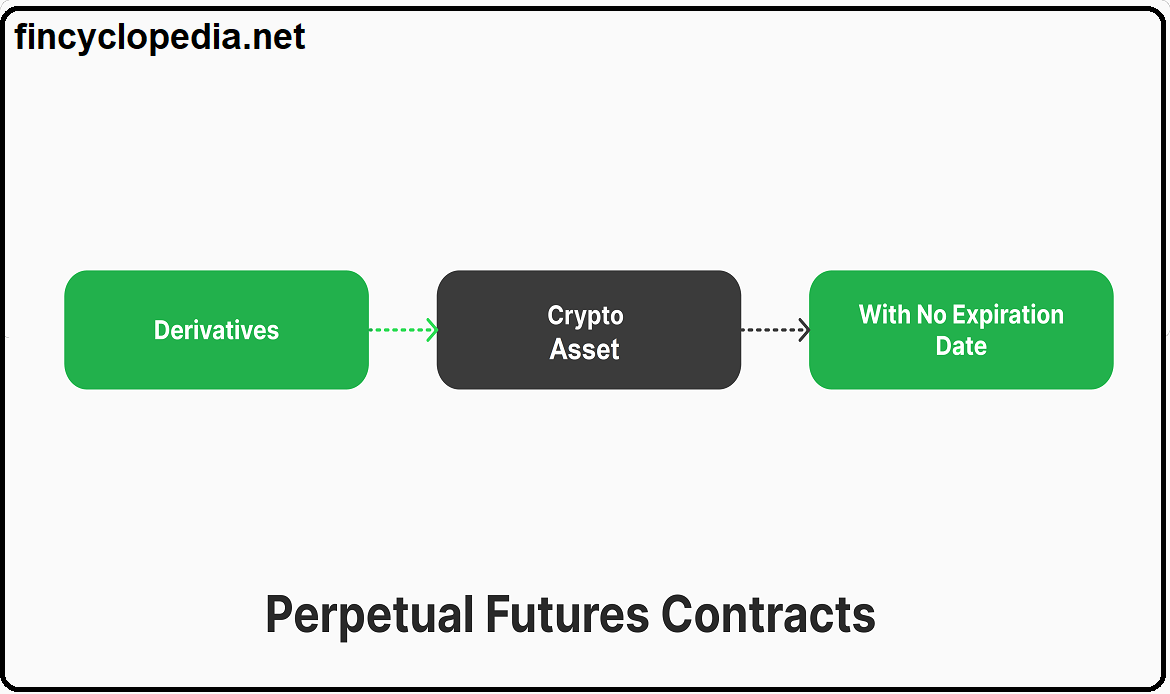It stands for past realized volatility; a type of volatility that is estimated from past realized/ historical data rather than by employing current prices and a proper valuation model. It measures fluctuations of an instrument’s price or overall market price over time, using daily, weekly, monthly, quarterly, semi-annually, and yearly price data. Statistically, past realized volatility is the standard deviation of price differences observed with the passage of time.
Past realized volatility (PRV) is used to forecast future volatility (forward volatility) on the simplistic premise that the past tends to repeat itself (the so-called mean-reversion). Past realized volatility, in its simple form, is an unconditional predictor that does not conscientiously take into consideration the most recent publicly available data. It is computed using standard statistical techniques, and hence it usually fails to reflect the predictability feature of a realistic measure of volatility.
In contrast, implied volatility (IV) is universally perceived as the market’s estimate of forward volatility, and under efficient market hypothesis, this measure of volatility is supposed to reflect all the information available at a certain moment, including all information already embedded in past realized volatility.
Pas realized volatility is also referred to as a historical volatility (HV).





